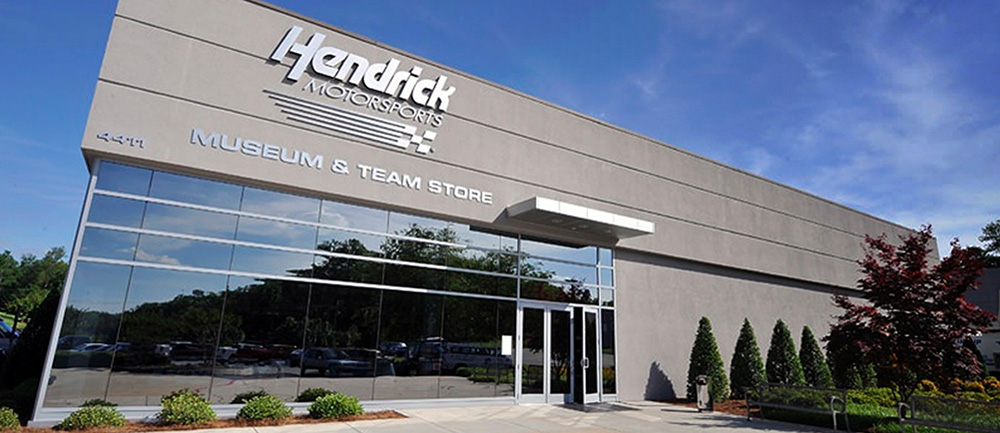
Shaking down the seven post
CONCORD, N.C. (Aug. 1, 2009) – One of Jon Plyler’s favorite stories about the seven post rig happened after the equipment was installed at Hendrick Motorsports in 2006.
It was July, the seven post engineer recalled, and the Hendrick teams were using the device for the first time. The following weekend, Jeff Gordon drove his No. 24 Chevrolet to Victory Lane at Chicagoland Speedway.
“It might have been a coincidence,” said Plyler, who has been with Hendrick since 2001. “But it makes for a good story.”
Small gains can make the difference, and owning a tool like the seven post can be a big help. Instead of scheduling time on a machine off campus, Hendrick Motorsports’ teams can test new theories whenever they arise.
So how does this device work? Plyler explains:
How does the seven post rig get its name?
“The seven post simulator gets its name from its seven hydraulic actuators (a mechanical device that moves or controls something). Four of the actuators are under the tires, and there are three more attached to the chassis. The actuators under the tire simulate the track surface -- all the dips and bumps in the track. The other three next to the chassis simulate the aerodynamic and inertial loading the car saw on the racetrack. So between the four simulating the racetrack and the three simulating the aero and inertial forces, we can pretty much simulate an entire lap on the track.”
When do you collect data?
“We cannot collect data during a race event so it has to be during testing. That’s part of the problem because you’re so limited in your test time; especially on tracks that we actually race on. Our data is pretty limited. That’s why every time a car goes to the racetrack for testing, we bring it here just to keep our drive file libraries as up to date as possible.”
You simulate a lap with a drive file. What are those?
“Every track has a profile. In order to generate a drive file we have to have track data from a car that has been on the racetrack. Usually what happens is the teams will go test for a couple of days and collect a bunch of data. At the test session, there are plenty of sensors on the car including the sensors we need in the lab to simulate the racetrack. So the guys will bring the car back directly to us, and we’ll put it on the rig. We’ll take the sensors, unplug them out of the data system on the car and plug them into our seven post system to build the drive file.
“Once we’ve loaded the data, we feel we have theoretically captured that racetrack in a lab environment. Then we’re able to change the set up of that car. We can change cars and change the set up. Like I said theoretically we have the racetrack. We’ve simulated every bump and dip on the track. We’ve simulated the aerodynamic and inertial forces from going around a given turn at a given speed. It’s not perfect. There are a lot of things we can’t do with this machine in this lab, but it’s a really effective tool.”







